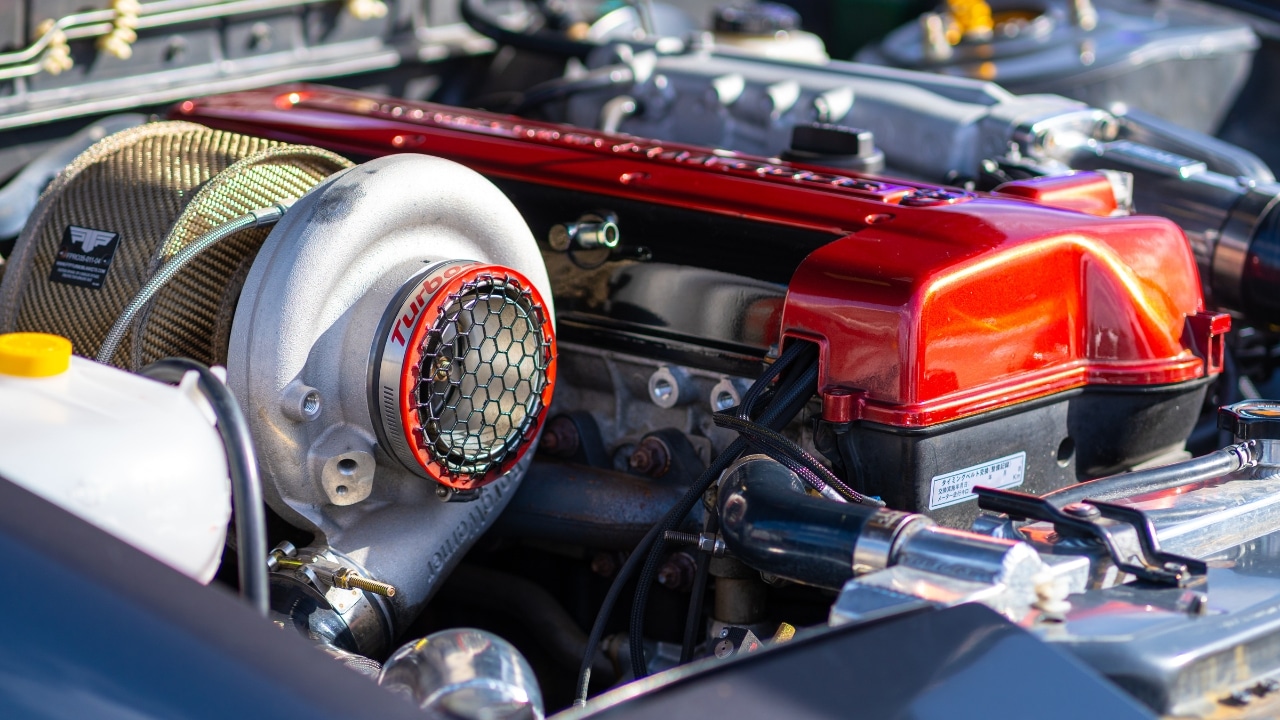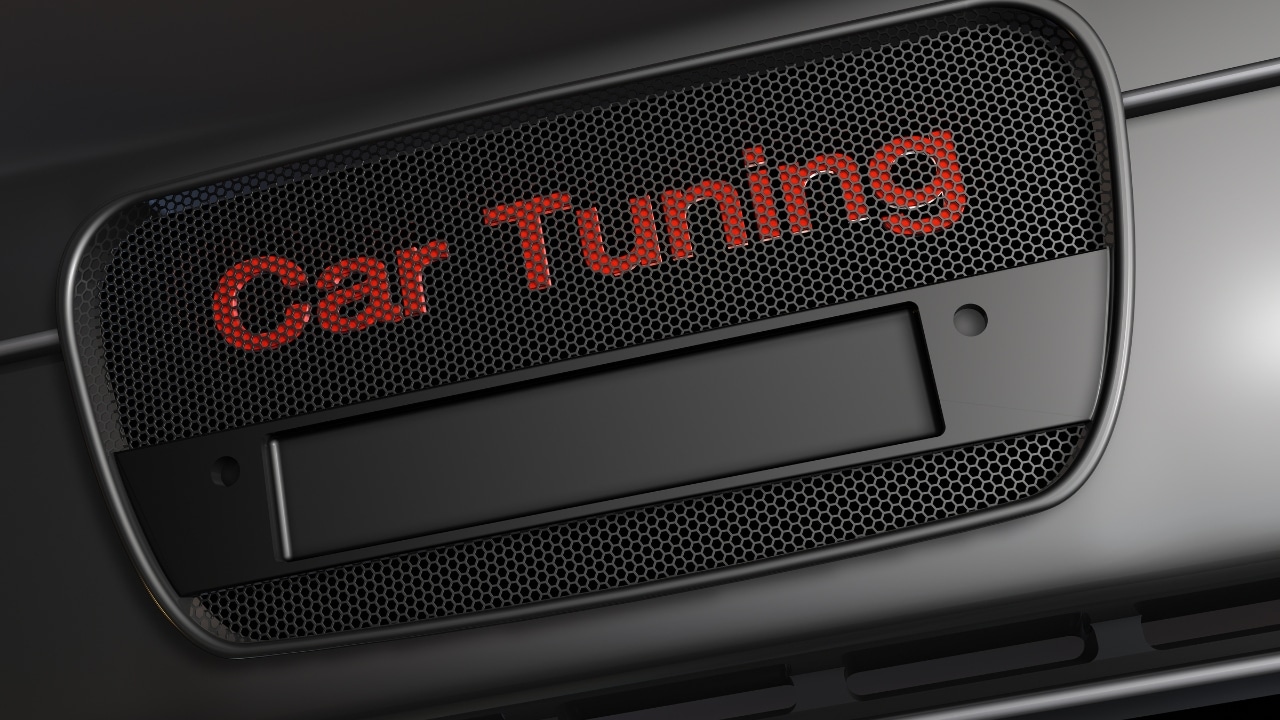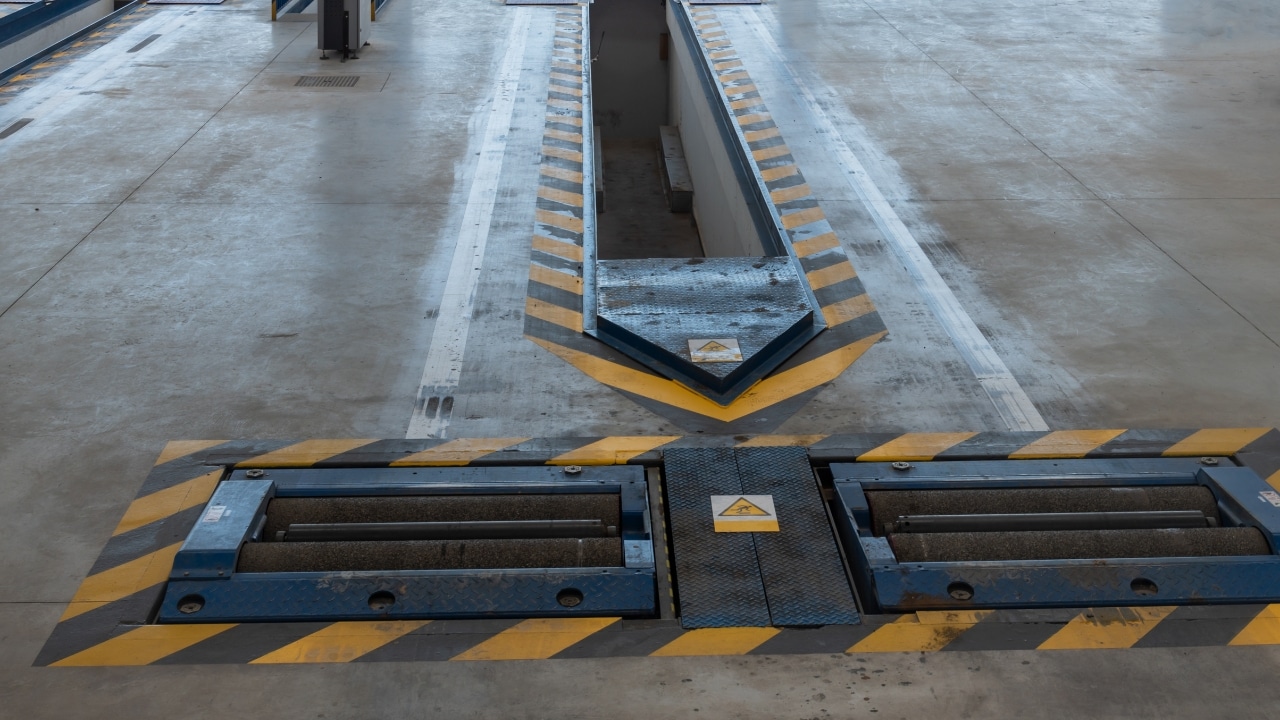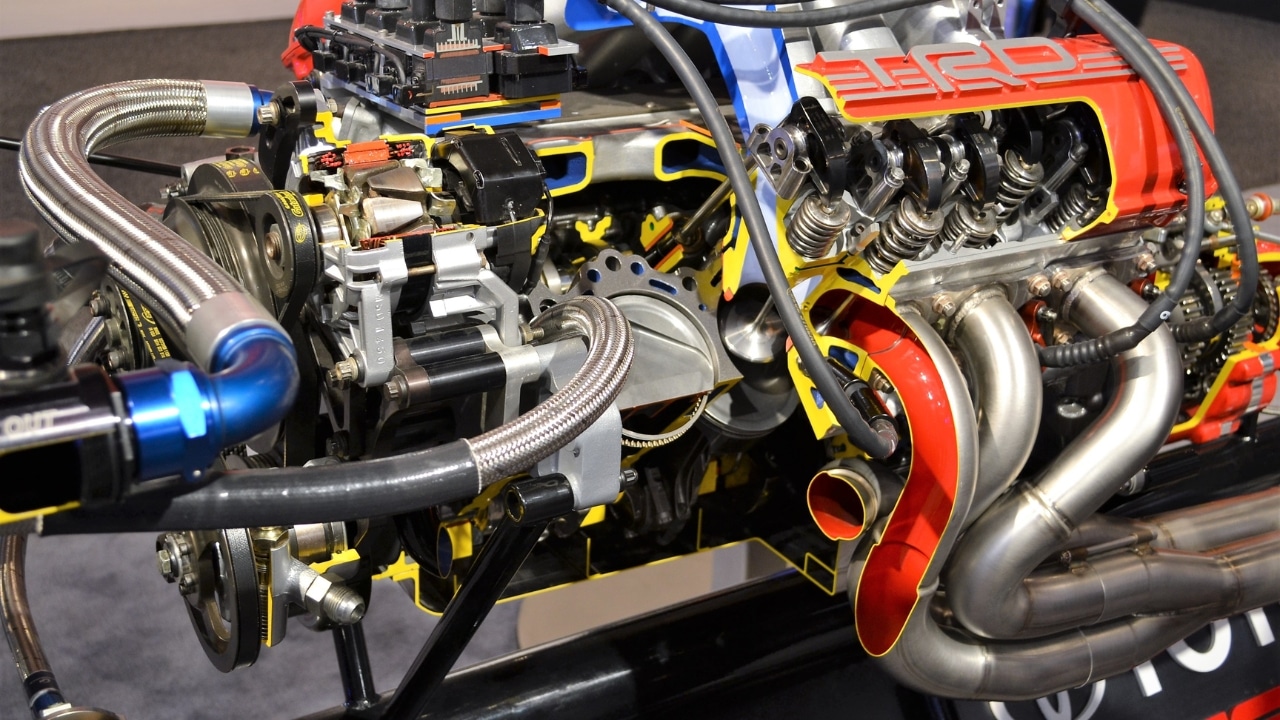
A very recurring question of many vehicle owners is whether it is possible to modify a car in Spain. That is, what is allowed to change and what cannot be changed. Well, in this article we are going to tell you about the regulations regarding the DGT and how to approve the changes that are allowed, when the parts and accessories are not original to the vehicle.
You already know that when you buy a car, surely there are things that fascinate you and others that you would like to improve, or maybe it was love at first sight and then you get tired of certain things and want to do some touch-ups or improvements that give your car a plus. Well, it turns out that there are some minor changes that can be made without problems, but you should know what can be done and how. In addition, we are not only talking about aesthetic changes such as tuning, but about something beyond that.
What can be modified in the car without homologation?

According to Royal Automobile Club of Spain (RACE), some parts of the vehicle can be modified without the risk of having problems when carrying out a technical inspection, that is, passing the ITV without problems. Almost any change related to the interior of the car, and that does not represent a problem for the safety of the occupants, can happen without the need for approval. For example, it could be modified without the need to approve:
- seat upholstery
- Modifications or changes to the vehicle's sound system
- aesthetic changes
- Modifications intended for entertainment, such as putting screens in the rear seats
The same happens with other external changes, which also do not need to be approved if they do not represent a threat to the safety of those inside or to other pedestrians and vehicles. For example, external changes that do not require approval are:
- Body paint change
- changing the tires
- change in tires
Of course, these last two changes must always be the ones that are appropriate for the specific model, that is, the list of rims and tires specified by the manufacturer. Of course, putting wider wheels than those that come standard or something like that could compromise the safety of the vehicle, since it could lose grip. Yes, despite what many people think, the thicker the wheels, the more a vehicle with the same weight could slide. And this is pure physics, if the contact surface with the ground is greater, then the weight will be distributed among all that surface, exerting less pressure than if you had a thinner tire, whose weight falls on a lower contact surface. I mean, don't be fooled by race cars or supercars with wide wheels. In this type of car, a large downforce is generated to get more grip with this type of tyre, but that is not the case in conventional street cars…
Be careful also with other changes that do they would need approval if you are going to make them, despite seeming minor cosmetic changes. For example:
- Change the exterior dimensions of your vehicle
- Use elements not approved by the manufacturer of your vehicle
- tint the windows
Otherwise, the ITV would not pass, and even you could be fined If you are stopped by the Police or the Civil Guard while driving with these unapproved modifications...
I would also like to clarify another section, and it is the theme of advertising in the car. Some think that it is not possible to carry it. This is partly true. For example, many companies pay handsome amounts of money to have the company's logo or advertising on your car. If you don't mind what this looks like, you can earn from €120 to companies that can pay up to €1500 or more. You can also carry your own logo or advertising of your company. This is completely legal, what cannot be carried logos or registered trademarks without the consent of the company to which they belong. In addition, the DGT can also fine you for wearing reflective or luminescent stickers that may hinder visibility to other vehicles and pedestrians on the road.
How to approve changes in the vehicle?

As I have mentioned previously, there are other parts that you can modify, but that you should approve if you want to circulate without problems and pass the next ITV of the vehicle. To make these modifications to the car in Spain and be approved, you must have a series of documentation:
- Project in which all the changes made to the vehicle are specified.
- Conformity report issued by the authorized technical service or by the vehicle manufacturer if it was done at the official house.
- Official certificate from the workshop where the modification was made to the car.
With all that documentation, we will have to make an appointment at the ITV closest and go to certify that the vehicle complies with all the safety conditions and environmental restrictions established by the laws in Spain. That is to say, you must pass the ITV again and if it passes, you will be able to drive without problem with a completely legal car, even if it is modified.
If you modify the car and do not go through the MOT process, you can face fines or sanctions that can go up to €500. And not only that, some of the non-approved changes could be affecting safety, so you risk an accident. And if this happens, the insurance will not cover your expenses You're welcome, since it was for non-approved parts. So, be careful with this type of unapproved modifications…
What can be modified in a car with the corresponding approval?

Finally, for you to understand better what can be modified in a car in Spain if you carry out the corresponding homologation, here is a list with some of the parts or systems:
- Change of tires for others of different dimensions or characteristics. A change of conventional tires for other approved ones will not require additional approval.
- Changes in the bodywork or chassis in general. Even more so if they alter the original dimensions of the car.
- Electronic engine control unit to increase power.
- Address.
- axes.
- Vehicle identification elements, such as the frame, the location of the license plate, etc. Of course, in no case should the license plate be covered or reduce its visibility.
- Brakes.
- Exhaust systems, especially if they are to emit more noise or that may alter the permitted emissions (elimination of mufflers, catalyst, modification of the exit section,...). Of course, you will not be able to do without the catalyst.
- Power transmission system.
- Vehicle lighting or signaling elements (front lights, fog lights, rear brake light, direction indicators, emergency lights...). For example, using LED lights or similar in the underbody of cars and things like that could happen.
- Suspension changes.
- Tinted vehicle windows.
- Power unit or engine (replacing the engine with another with different characteristics from the original, replacement of the intake system, uninstallation of auxiliary units, change of engine location, change in the fuel tank, changes in the accelerator, programming or modification to vary maximum power, starting system,…).